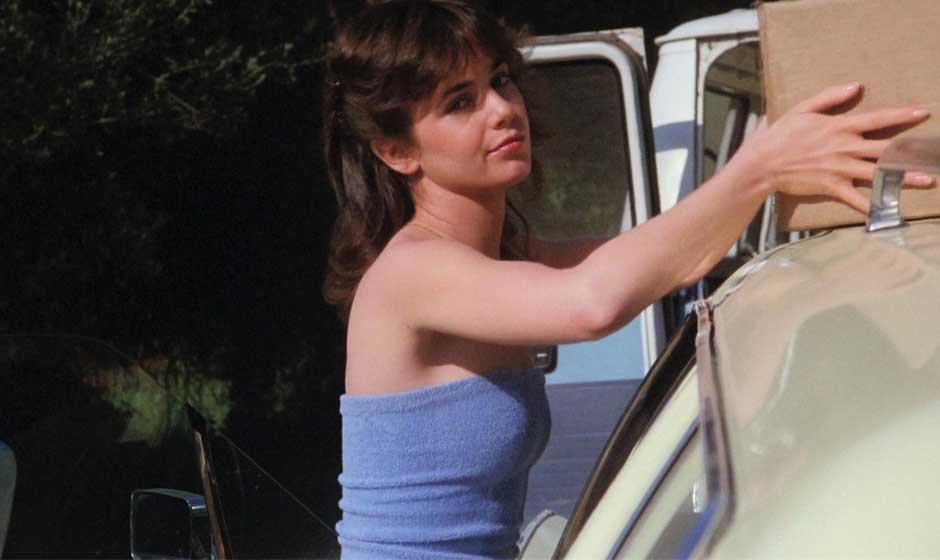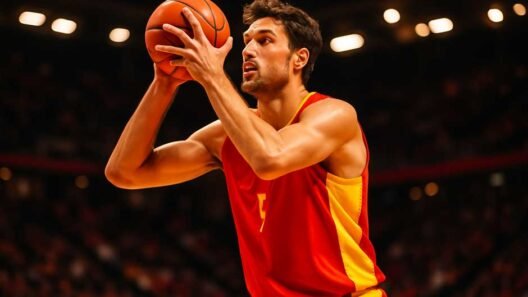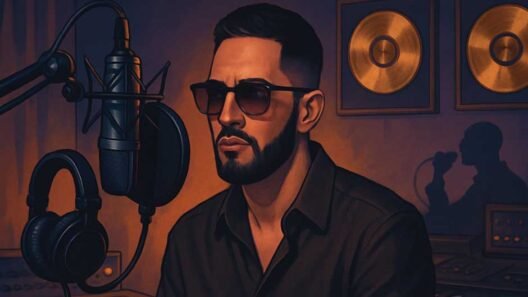California Dreams to Hollywood Reality
The sun-drenched shores of Huntington Beach, California weren’t just a backdrop for Maylo McCaslin’s childhood – they were the opening scene of a life story that would take some unexpected turns. Born January 15, 1962, Maylo grew up with the Pacific Ocean’s rhythms and Hollywood’s siren call both within earshot. Unlike many Hollywood stories that begin with “I always knew I wanted to be an actor,” Maylo’s path seems to have unfolded more organically. The early 1980s were a fascinating time to break into television – cable was expanding, network shows were booming, and the hunger for fresh faces created openings that might not have existed a decade earlier. For a young woman from Orange County with acting ambitions, the stars were aligning in ways she couldn’t have predicted.
Finding Her Footing in 1980s Television
When Maylo began landing her first roles, television was experiencing something of a golden age. The 1980s brought us everything from gritty police dramas to glitzy primetime soaps, and somewhere in this colorful landscape, Maylo carved out her niche. Her appearances on “Hunter” (1984) weren’t just another credit on her resume – they put her squarely in one of the decade’s defining action dramas, a show that captured the era’s fascination with tough cops and urban crime. Similarly, her work on “Blue Thunder” connected her to the trend of adapting successful films for television. What’s striking about Maylo’s early career isn’t necessarily the size of her roles but her persistence. In an industry where rejection is the norm and consistency is rare, she managed to build a steady presence in a notoriously fickle business. She wasn’t landing magazine covers or becoming a household name, but she was doing something perhaps more impressive – actually working regularly as an actor in Hollywood.
The Roles That Defined Her
If you caught television in the mid-80s, chances are you saw Maylo McCaslin, even if you didn’t know her name. Her work on “Hunter” showcased her ability to hold her own in the male-dominated action genre that defined much of the decade’s programming. The show’s blend of police procedural and character drama provided a solid platform for guest actors to make an impression, and Maylo made the most of her opportunities there. “Blue Thunder,” though shorter-lived than some of her other projects, connected her to the helicopter-focused action trend that captivated audiences in that era. What’s interesting about Maylo’s career is how it reflects the working actor experience rather than the superstar trajectory we often associate with Hollywood. For every Tom Cruise or Julia Roberts, there are hundreds of talented performers like Maylo who appear in our living rooms regularly, building careers scene by scene, episode by episode. Her filmography tells the story of someone navigating the industry with professionalism and adaptability – essential qualities for longevity in a business where fame is fleeting and work can be scarce.
Love and Partnership with Willie Aames
When Maylo married Willie Aames in 1986, she wasn’t just gaining a husband – she was joining forces with one of television’s recognizable faces. Aames had already made his mark as Tommy Bradford on “Eight Is Enough” and was charming audiences as Charles’ friend Buddy Lembeck on “Charles in Charge.” Their marriage would span 23 years – practically a lifetime by Hollywood standards – and produce their daughter Harleigh Jean. What makes their relationship particularly interesting is how it evolved beyond the personal to encompass professional collaboration. Hollywood marriages often struggle under the weight of competing careers and egos, but Maylo and Willie eventually found themselves walking a shared path both personally and professionally. Their partnership would ultimately lead them away from mainstream entertainment and toward projects that reflected their evolving values. The 1980s had been good to both of them in different ways, but as that decade gave way to the 1990s, both their careers and personal lives were heading for significant transformation.
Bibleman and the Faith-Based Turn
If you’d told a television executive in 1985 that Willie Aames would eventually don a yellow and blue superhero costume to battle villains with names like “The Cheater” while quoting scripture, you might have gotten some strange looks. Yet that’s exactly what happened with “Bibleman,” the direct-to-video Christian superhero series that began in 1995. Maylo’s involvement in this project marked a dramatic departure from her earlier work. “Bibleman” occupied a unique cultural space – it wasn’t trying to compete with mainstream entertainment but rather offered an alternative specifically designed for Christian families seeking content aligned with their values. While the production values might have been modest compared to Hollywood standards, the series developed a dedicated following. For Maylo, this wasn’t just another acting job; it represented a alignment of her professional work with her personal faith journey. The series ran for years, with Aames in the title role and Maylo contributing both on and off screen. This period represents perhaps the most distinctive chapter in her career – one where artistic expression became intertwined with spiritual purpose.
The Spiritual Transformation
Perhaps the most compelling aspect of Maylo’s story isn’t found on screen but in the personal transformation that redirected her life. Somewhere along the way, amid the ups and downs of Hollywood life, Maylo embraced born-again Christianity. This wasn’t the casual spirituality that’s sometimes fashionable in entertainment circles, but a profound shift in worldview that affected everything from her career choices to her personal priorities. She wasn’t alone in this journey – Willie underwent a similar transformation, and their shared faith became central to their identity as a couple. Their co-authored book “Grace is Enough” offers glimpses into this evolution, suggesting that their spiritual awakening came partly in response to the volatility and excesses they’d experienced in the entertainment industry. There’s something fascinating about people who step away from the mainstream path to follow their convictions, especially in an industry that often rewards conformity and commercial appeal above all else. For Maylo, faith wasn’t just a Sunday morning activity but a complete reorientation of purpose that would guide her subsequent choices both personally and professionally.
A Legacy Beyond the Spotlight
When we measure impact in Hollywood, we often use metrics like box office numbers, award nominations, or star power. By those standards, Maylo McCaslin might not rank among the industry’s most influential figures. But perhaps those metrics miss something important about the diverse ways people contribute to entertainment and culture. Maylo’s journey from conventional television actress to participant in faith-based media represents an alternative path that many performers have taken – finding purpose in projects aligned with personal values rather than mainstream recognition. For fans of 80s television, she remains a familiar face from the shows that defined the era. For Christian audiences, her work on “Bibleman” and her personal testimony represent something entirely different – an example of faith-informed entertainment and authentic personal transformation. Today, though less visible in the public eye, her legacy exists at this interesting intersection of nostalgia and faith-based media. In an industry often criticized for its superficiality, Maylo’s story reminds us that sometimes the most interesting Hollywood journeys happen away from the spotlight, when actors discover purpose beyond fame and align their creative work with their deepest beliefs.













